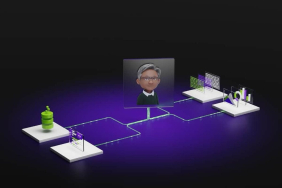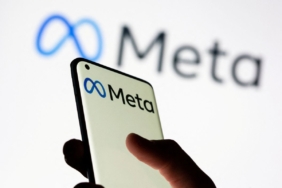India is set to introduce hundreds of millions of new users to its Unified Payments Interface (UPI), a cutting-edge real-time payments system, while also promoting the platform for broader international adoption.
The National Payments Corporation of India (NPCI) has set a target to onboard an additional 200 million to 300 million users to UPI, aiming to help them transition from cash-based transactions through initiatives such as delegated accounts for children and domestic workers who do not have traditional bank accounts. This was articulated by Dilip Asbe, the managing director and CEO of NPCI.
Over the last five years, this home-grown payments platform has notably transformed financial interactions for over 450 million retail consumers, enabling payments for everything from vacations to a simple cup of tea, all via their smartphones. Users can make payments by scanning merchant QR codes for amounts as low as small purchases up to 500,000 rupees (approximately $5,817) directly from their bank accounts, all without incurring transaction fees to date.
The popularity of UPI is reflected in its impressive share of the global digital transaction landscape, accounting for nearly 46 percent of the world’s digital transactions following a staggering 90-fold increase in retail digital payments over the past 12 years, as reported by PwC. Various stakeholders, including India’s Prime Minister Narendra Modi’s administration, NPCI, and the Reserve Bank of India, are now keen to leverage this success by promoting UPI on a global scale.
Asbe noted, “The objective is to make remittances affordable and instantaneous for the entire diaspora.”
Expanding Globally
In addition to targeted domestic initiatives, NPCI is also focused on enhancing UPI’s multilingual capabilities and conversational features to broaden accessibility. To encourage greater usage of UPI for parking payments, NPCI is piloting vision recognition technology.
The organization is also exploring ways to enhance its credit offerings for retail customers. Although UPI already facilitates small loans, Asbe suggested that its infrastructure could assist lenders in approving credit based on customer repayment behaviors, thereby improving collection processes.
“The credit-as-a-service model is expected to evolve and scale significantly over the next three to five years,” Asbe stated.
On the international front, the Indian government is leveraging its embassies to promote UPI. Moreover, the Reserve Bank of India has initiated dialogues with several countries to advance the platform.
In a noteworthy development, the Indian diaspora sent a record $129 billion back to India in 2024, marking the highest amount ever recorded for any nation in a single year, according to a World Bank report.
Asbe emphasized that beyond facilitating remittances, UPI could also assist in the opposite direction, such as supporting payments for overseas education.
While the Indian government has forged agreements with countries with sizeable Indian communities, such as Singapore and the United Arab Emirates, progress in negotiations with western countries like the UK, US, and Australia has been slower.
“Progress may be gradual, as other nations are at different stages of stabilizing their real-time payment systems,” Asbe added.
Transaction Fee Challenges
Despite UPI’s accelerated growth, concerns arise regarding the potential introduction of transaction fees for users. Central to this discourse is the Merchant Discount Rate (MDR), a fee charged by banks to merchants for processing transactions at the point of sale.
Previously, UPI transactions incurred an MDR of 30 basis points, but in a bid to hasten UPI adoption, the government eliminated this fee in 2020. Instead, incentives were introduced to support merchants’ operational costs; however, these incentives plummeted from 36 billion rupees in 2024 to just 15 billion rupees the following year. Industry representatives are now advocating for the reinstatement of transaction fees.
Introducing such fees could hinder UPI’s growth trajectory. A LocalCircles survey, involving 32,000 participants, uncovered that 73 percent of UPI users would discontinue the service if transaction fees were implemented.
The UPI ecosystem is collaborating with the government and the Reserve Bank of India to ensure the platform’s sustainability “by introducing a nominal fee for larger merchants,” Asbe indicated.
© 2025 Bloomberg LP
(This story has not been edited by NDTV staff and is auto-generated from a syndicated feed.)






